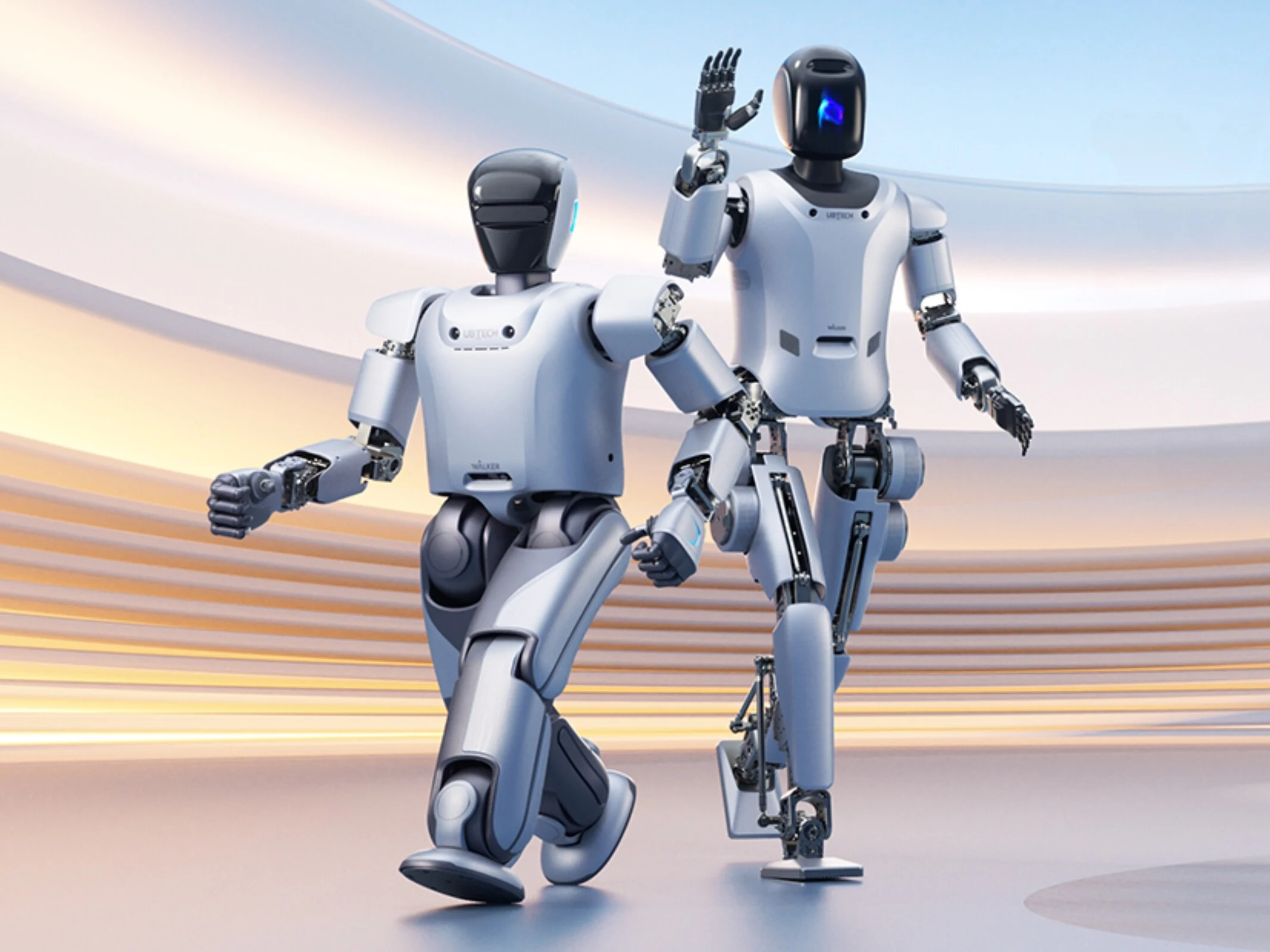Key Takeaways
1. Elon Musk sees the Optimus robot as a future multitrillion-dollar venture for Tesla, but it faces growing competition.
2. UBtech’s Walker S2 robot features 11 degrees of freedom in its arm, enabling it to handle delicate items effectively and move at a speed of two meters per second.
3. The Walker S2 can operate autonomously and has the ability to change its own battery, ensuring continuous productivity without downtime.
4. Battery swap stations for electric vehicles are becoming popular in China, allowing quick battery replacements and enhancing vehicle efficiency.
5. UBTech’s Walker S2 applies the battery swap concept, allowing it to exchange its battery in just three minutes, contrasting with Tesla’s Optimus which requires stationary charging.
While Elon Musk believes the Optimus robot will become a multitrillion-dollar venture for Tesla in the future, it faces increasing competition.
New Developments in Robotics
One example is the newly launched S2 version of the Walker industrial humanoid robot from UBtech Robotics. Similar to Optimus 2, it provides 11 degrees of freedom (DoF) in its robotic arm, allowing it to handle small and delicate items more effectively, along with various features expected from a modern humanoid robot designed for industrial applications.
The Walker S2 can traverse a warehouse at a speed of two meters per second. It can also bend or squat for lifting heavy items, offering a pitch angle range of 170°, and it can twist its torso up to 162 degrees.
Advanced Features
The S2 is equipped with a large language AI model that enables voice commands and interactions with humans as it performs its tasks, much like Optimus does.
However, where it surpasses Tesla’s Optimus is in its ability to operate autonomously around the clock. The second generation of Optimus can locate a charging station on its own, drive there, and plug itself in for recharging.
In contrast, the Walker S2 has taken it a step further by not needing to remain inactive during charging. The company asserts that it has developed the first humanoid industrial robot that can change its own battery, ensuring continuous productivity.
Battery Swap Innovations
Battery swap stations for electric vehicles are gaining traction in China as a quicker alternative to conventional charging. For instance, an EV manufacturer like NIO completes 100,000 swaps daily and has achieved 80 million total, allowing them to sell their vehicles at a 30% lower price through a battery-as-a-service (BaaS) model. When a swap station is required, vehicles can exit the highway, reach the station, and have their batteries replaced automatically in just a few minutes, enabling them to continue their journey with a new battery.
This battery swap idea has recently gained a significant advocate in China. The largest battery manufacturer, CATL, is making a substantial investment in battery swaps and intends to establish numerous stations in key urban areas and along major routes, either independently or in collaboration with innovative firms like NIO.
Inspired by the electric vehicle trend in China, UBTech has effectively mirrored this concept with the Walker S2. As showcased in the product video below, the new Walker robot can travel to a factory swap station, remove its depleted battery, install a fully charged one, and resume work in just three minutes, while Optimus remains stationary, plugged in and charging.
Source:
Link


